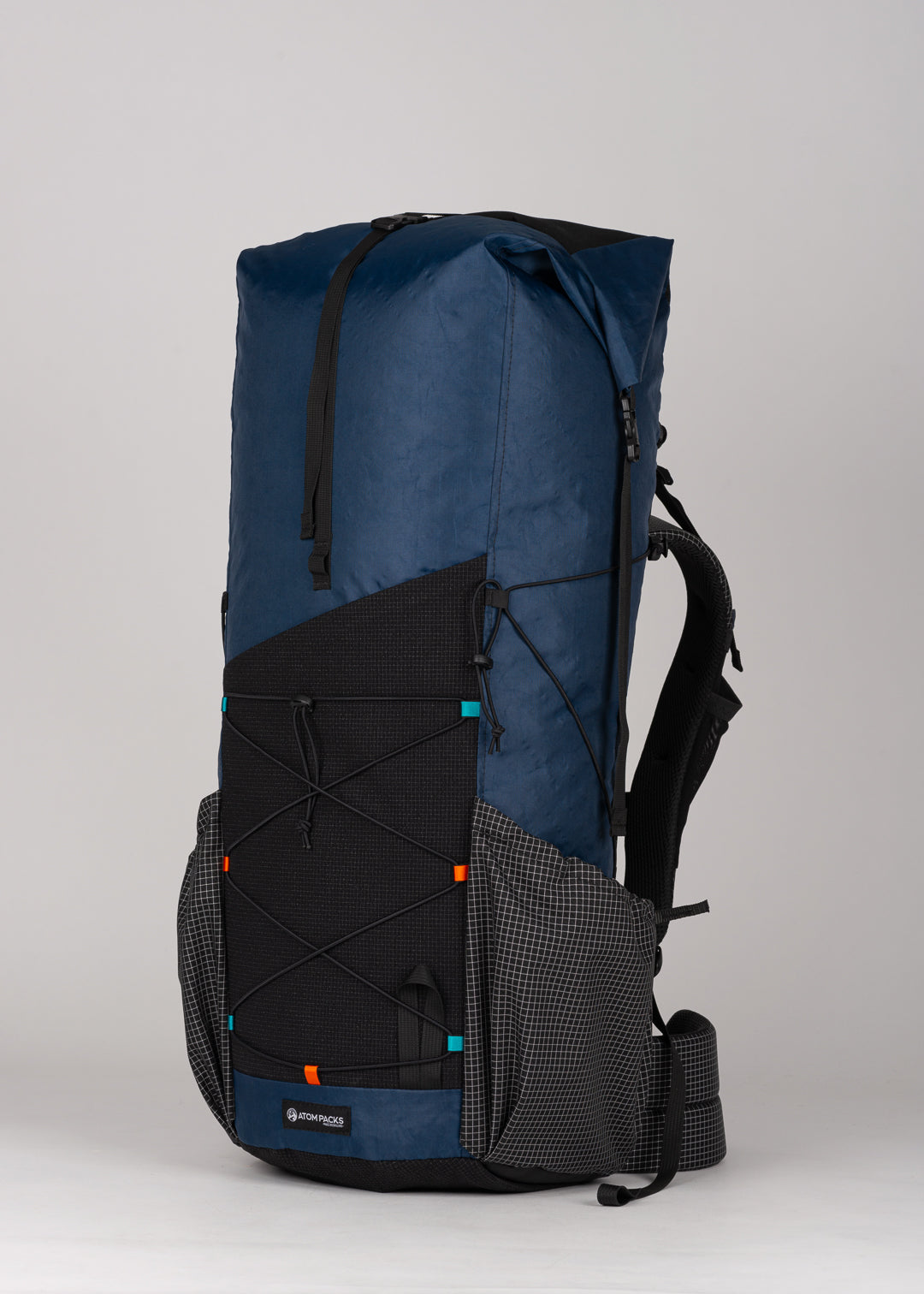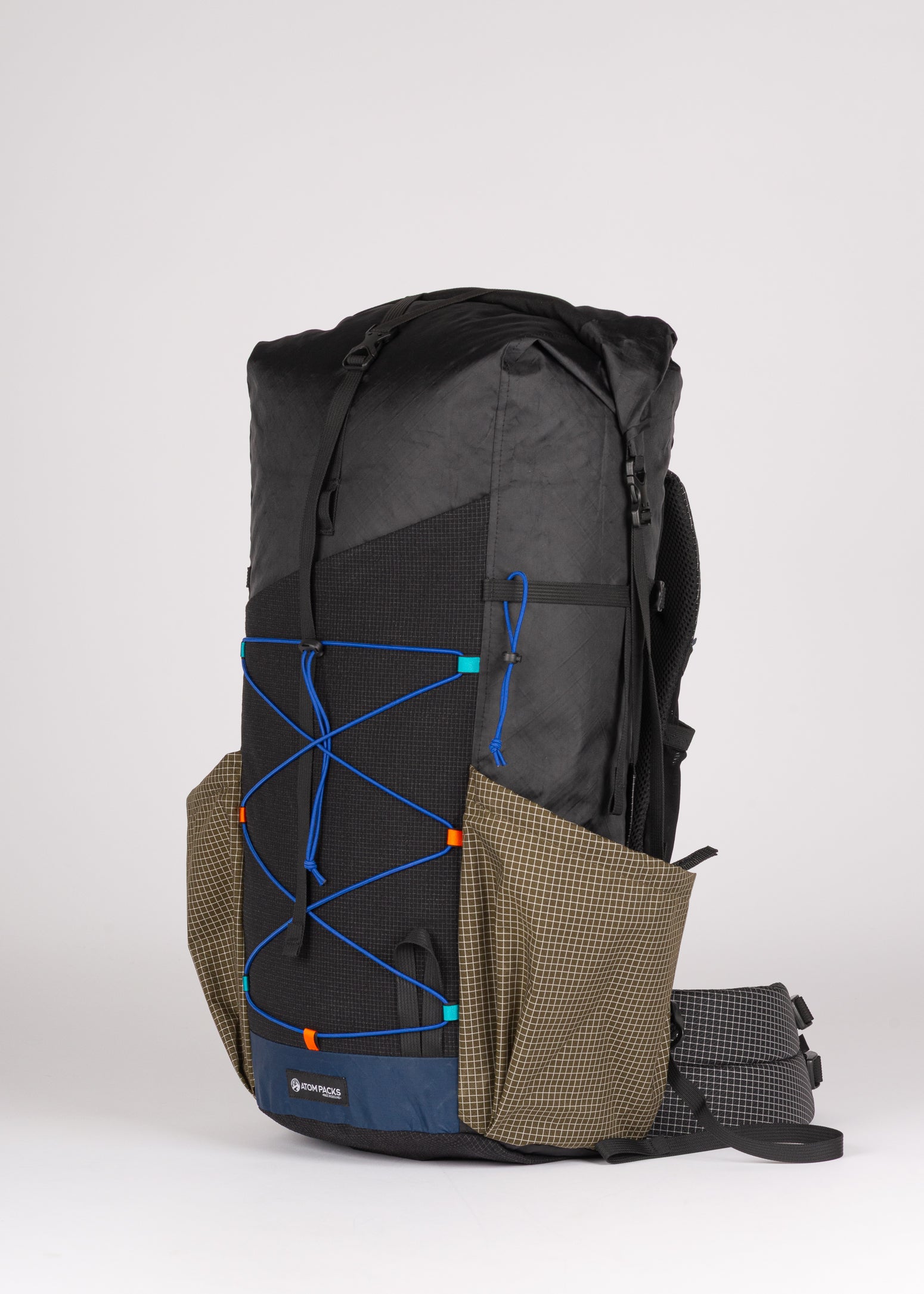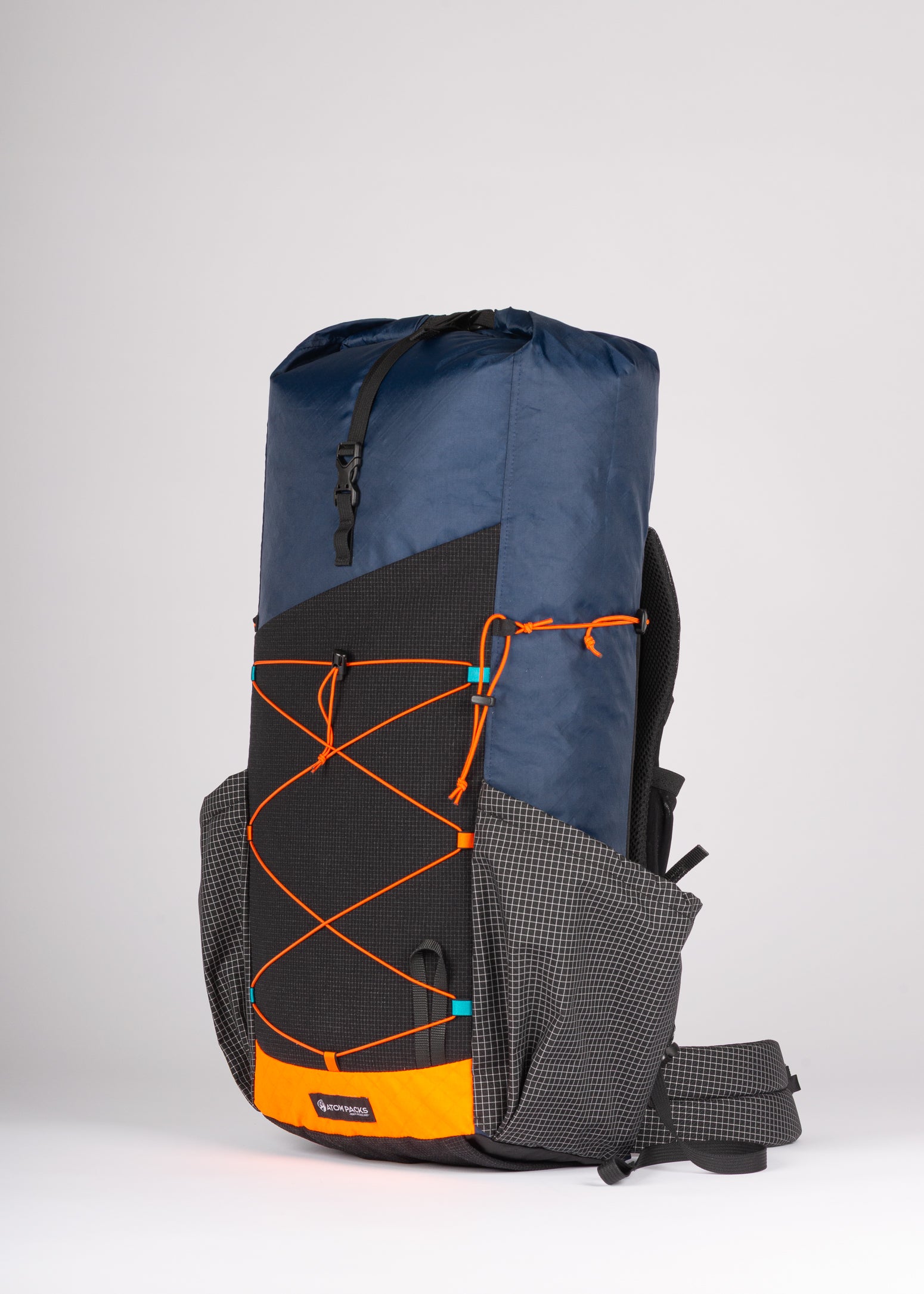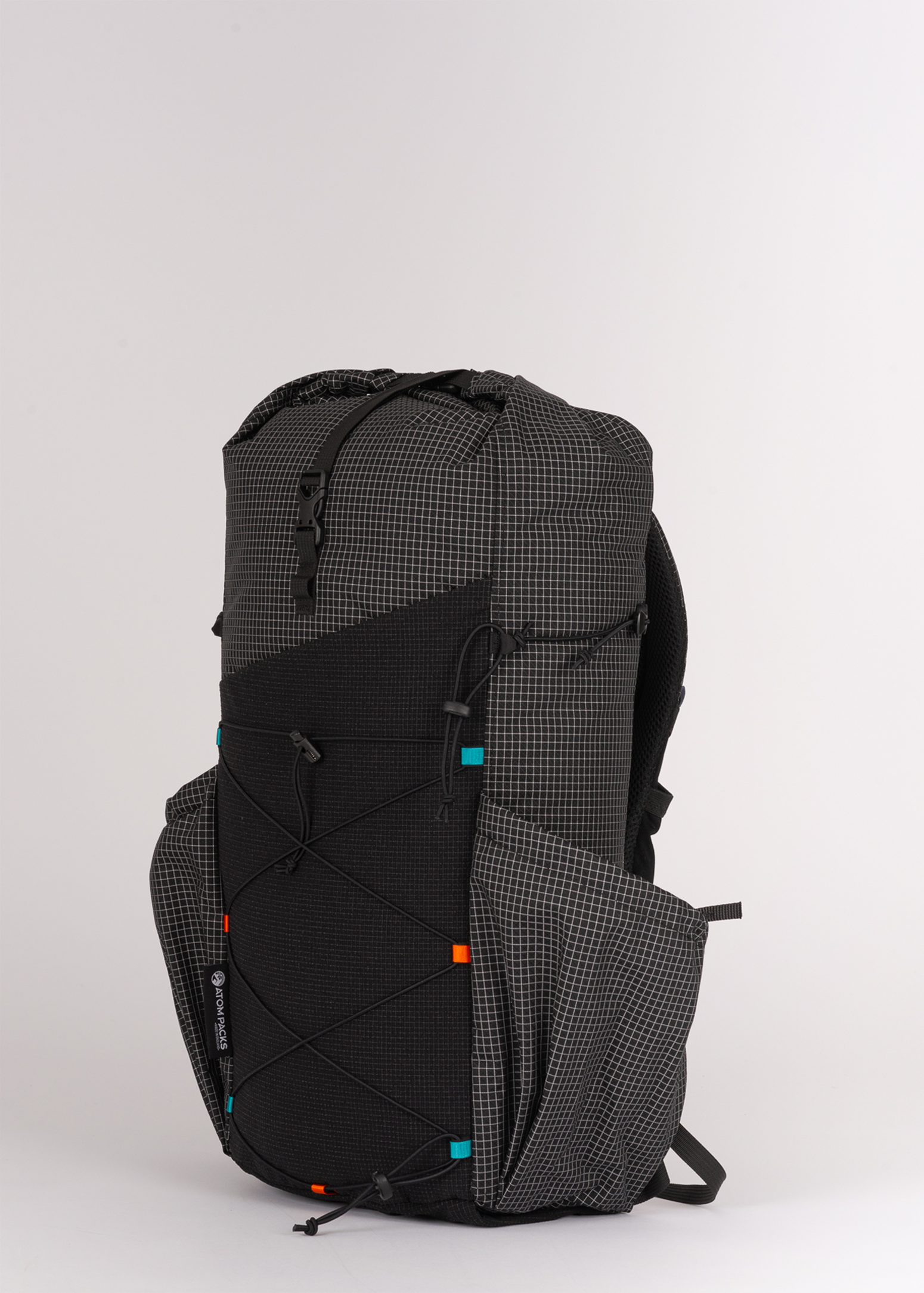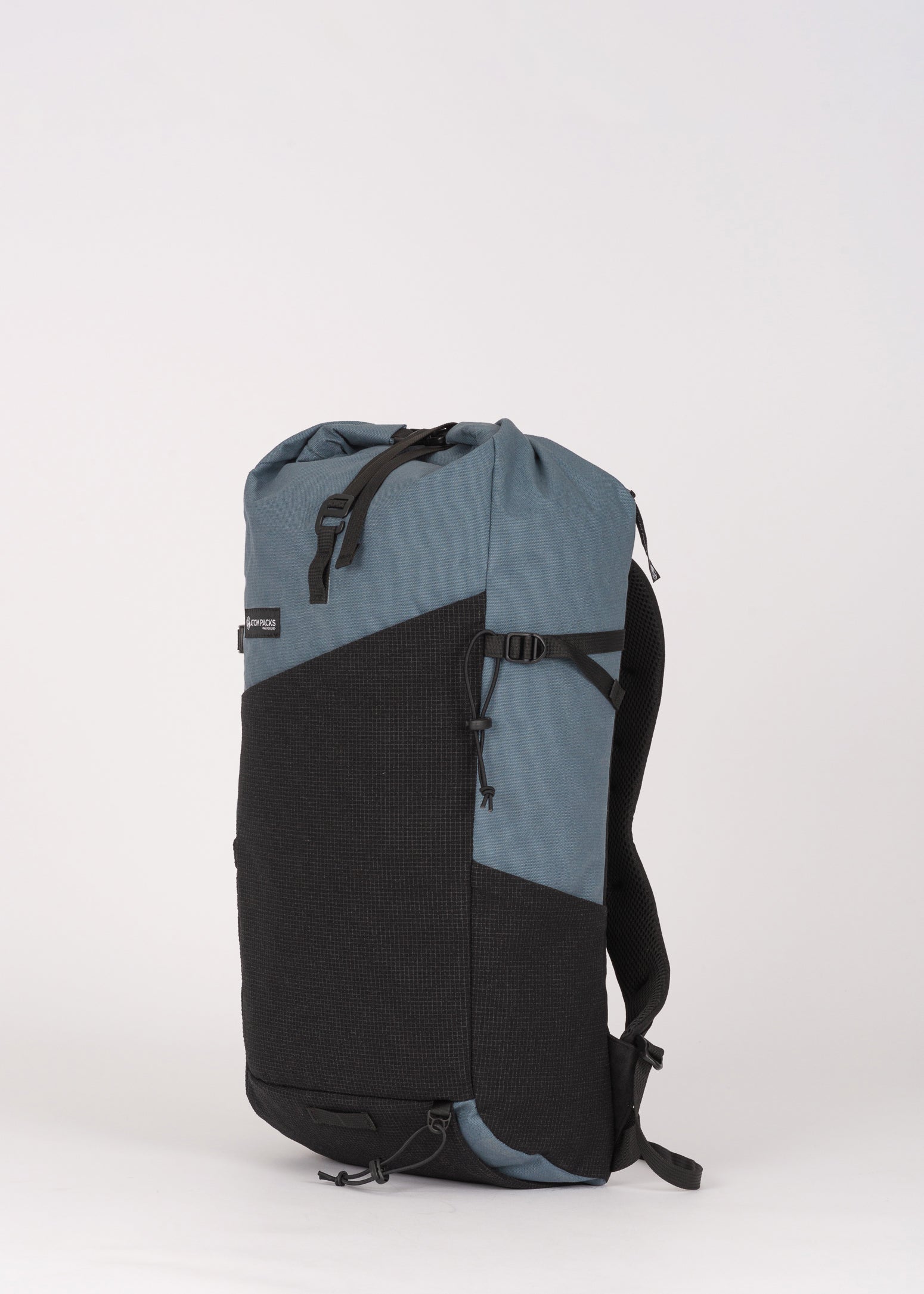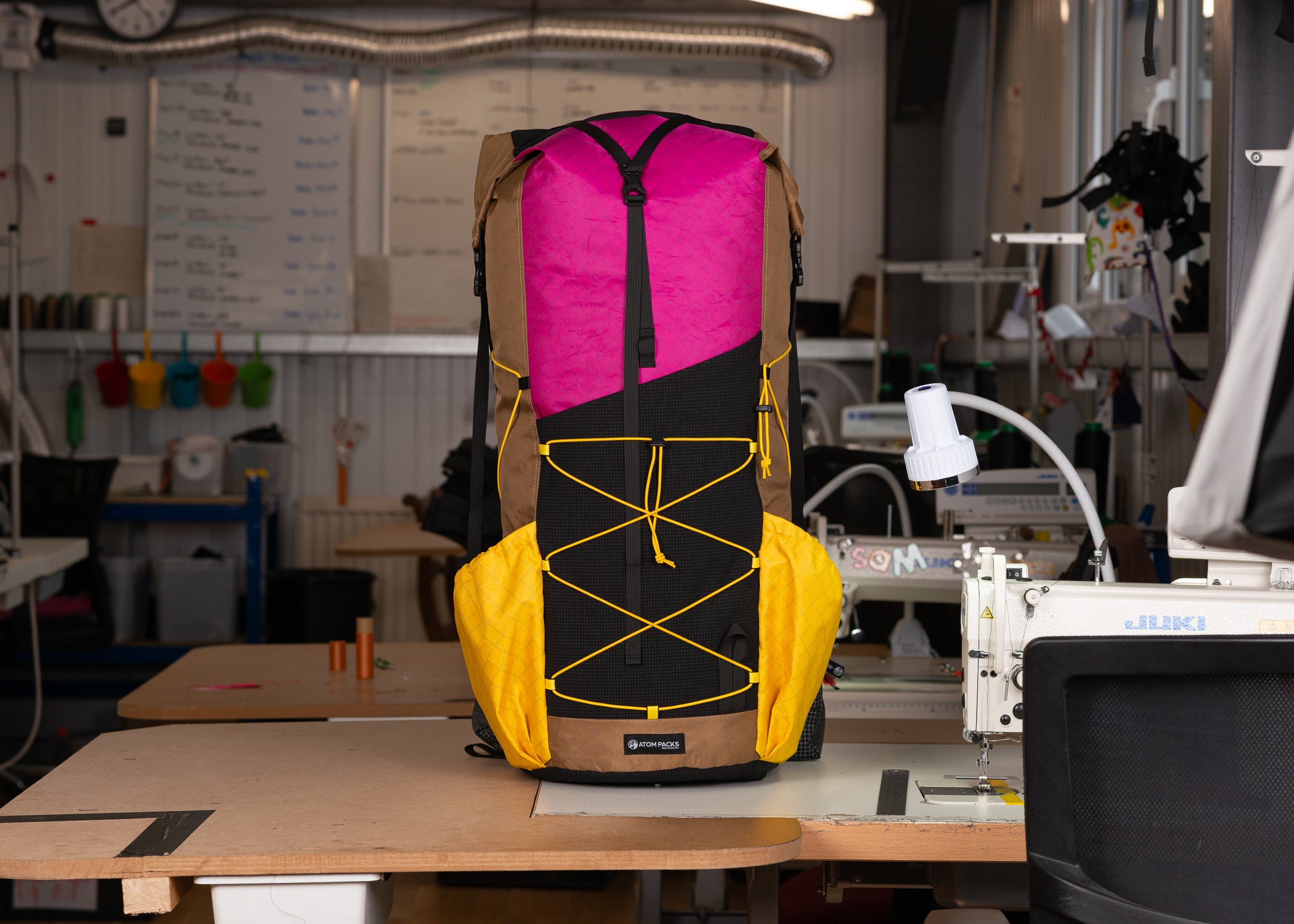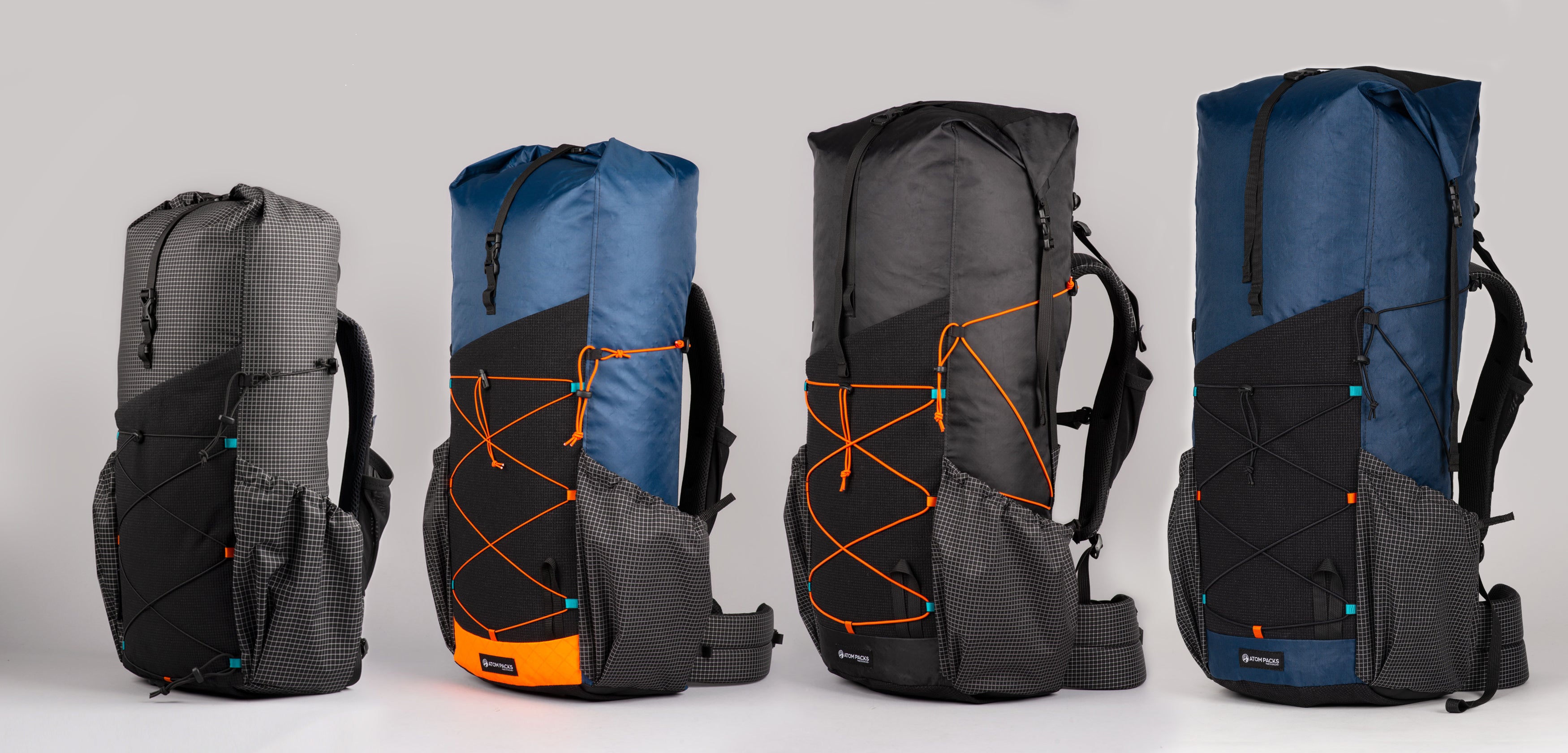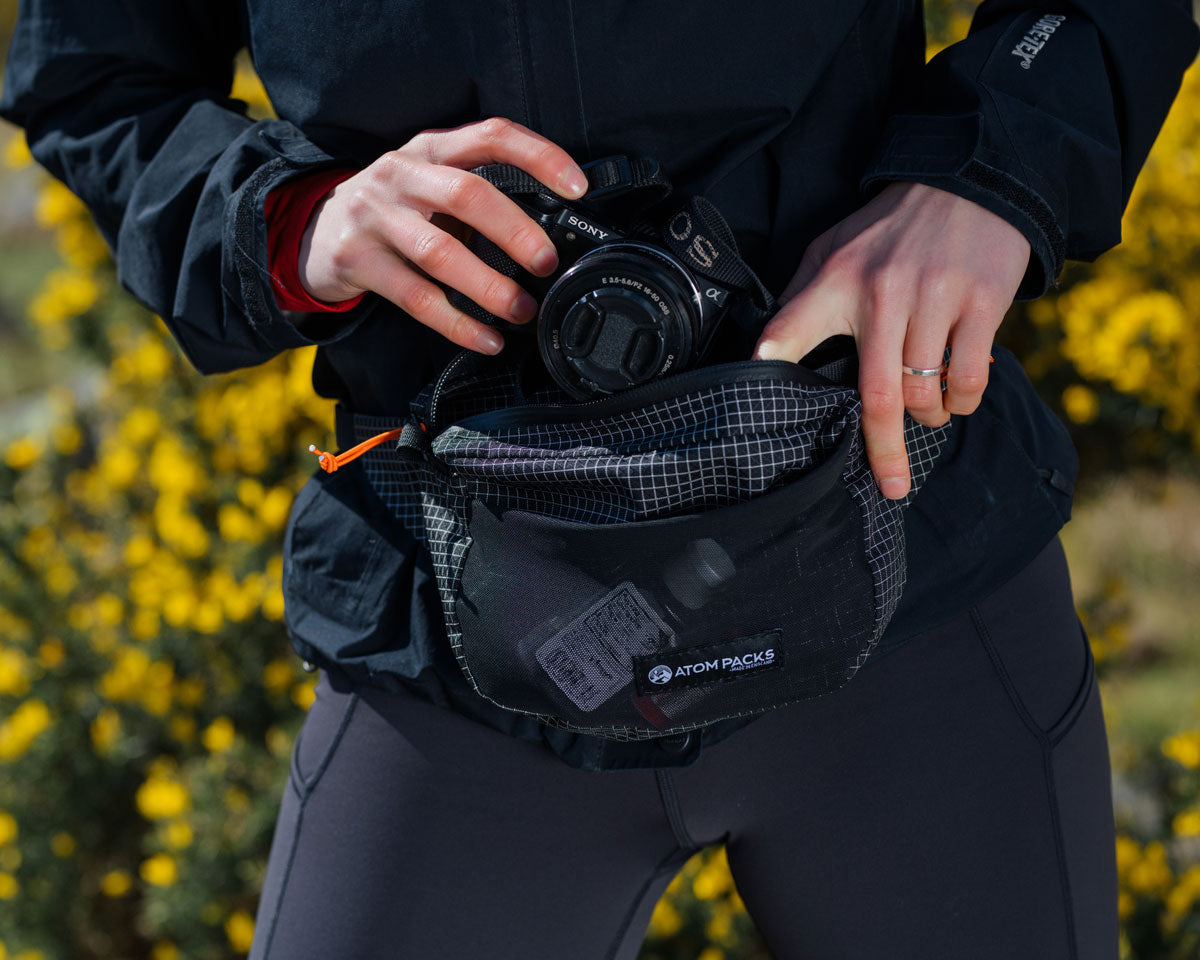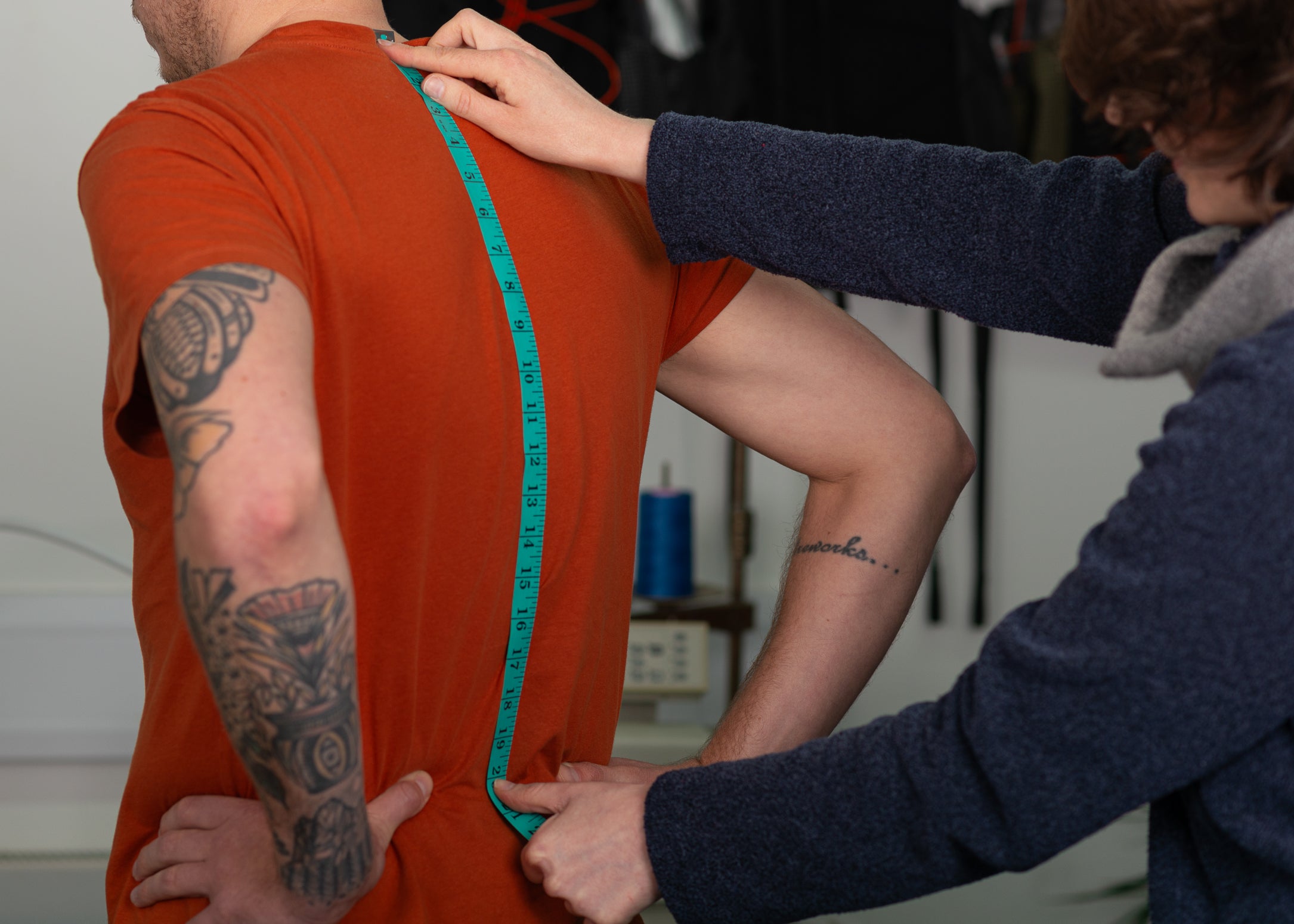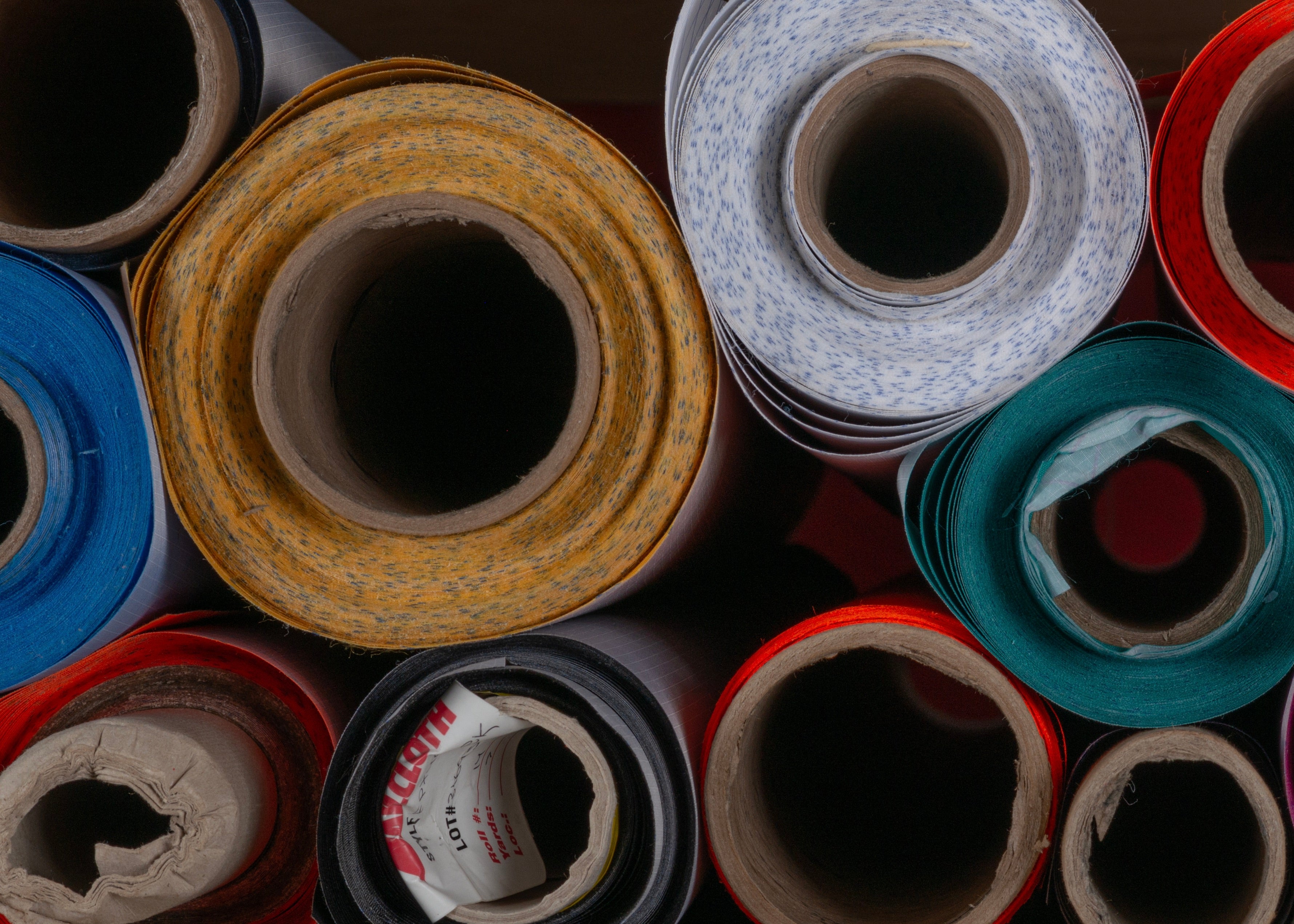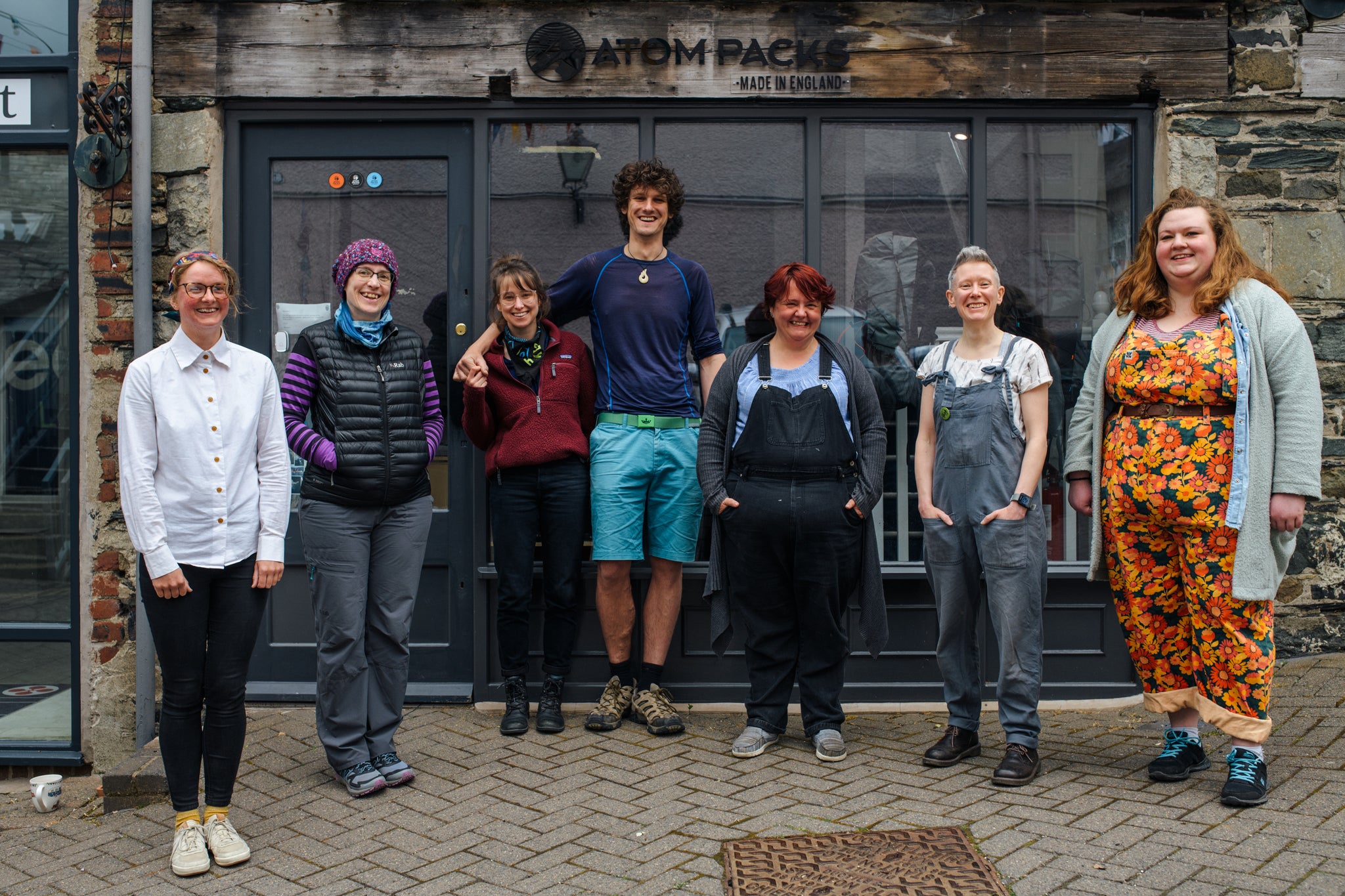A Ten-year Journey Over 12,000 Miles
As all good adventures do, this story begins with a book. I set off on the Appalachian trail in the spring of 2009, like so many others, with way too much weight on my back after having read Bill Bryson's "A Walk in the Woods". I knew absolutely nothing about what I was getting myself into and some twelve years, several thru-hikes and 12,000 miles later, I'm still hiking, not just for pleasure but as a professionally certified UK Mountain Leader.
I was hiking the Te Araroa in late 2013, some 5,000 miles into this journey, when I examined a lightweight pack that belonged to a fellow hiker. It was the most simply made thing I had ever seen, it was brilliantly designed but its simplicity led me to think I could have a try at making one too. He was tall, like me, and complained that the hip-belt was far too high – at 6ft7in this is a problem I find with almost any standard pack on the market.
Fast forward a few months and I was sleeping in the spare room of a friend’s house whilst I found my feet post-trail. This friend, Suzie, owned a sewing machine and, with her careful guidance, I destroyed a few square yards of fabric and levelled most of the ground floor of the house. After several hours (or even days) of swearing, I emerged with a backpack. It was a monster, a hideous creation of indescribable horror, its seams uneven, ugly and unbound, there was little beauty to be found in the thing but, I have never been more proud of anything in my life!
“...there was little beauty to be found in the thing but, I have never been more proud of anything in my life!”
There are very few places where you can buy outdoor fabrics in the UK and, as I had no idea what I was doing, someone had suggested to me that I go and talk with Adrian Moore at Aiguille Alpine Equipment in Staveley. This was possibly the most influential decision I made in this entire process as, 15 months later, I would end up sitting behind a sewing machine there for three days a week.
Slowly, through trial and error, I found materials and manufacturing methods that met my needs and after taking packs No 3 and 4 on the PCT for 5,400 miles of testing without serious failure, I realised I could be on to something. In Reno I stayed with a friend, Andrew, whom I'd met on the Te Araroa. I had put two stupid-light 0.5 oz DCF roll top closures on these packs and both were in the process of failing heroically. Andrew’s girlfriend had a sewing machine and, after an hour or two of hard work, the packs were good as new with some uncoated diamond ripstop closures that still survive to this day. A huge thanks to Nicola aka “Dubstep” for having the patience and confidence to test this pack for me, and for having the honesty to call out its failings.
“I had sold a few packs to people and experienced first hand how poor quality foam can come back to haunt you”
It was after returning from this trip that things really started progressing. I designed 10 packs in the weeks after finishing the trail and soon got an industrial machine and got busy making well designed but poorly sewn and finished backpacks. While my enthusiasm was high, my sewing skills were lacking. I had sold a few packs to people and experienced first hand how poor quality foam can come back to haunt you: The late British explorer Emma Kelty took an early pack on a trek across the length of England and after just 200 miles I had to go and meet her with another backpack as the foam I’d used (a cut up camping mat) had completely lost its integrity.
I continued visiting with Adrian at Aiguille and would regularly pop in to buy buckles and fabrics and on one of these meetings I jokingly asked if he employed freelance machinists – he hastily said no: that you had to be there full time to learn fast enough and on my next visit I was surprised to be offered a job! The next months would see my skills and confidence as a machinist grow and, under his guidance, was soon producing packs to a professionally finished standard. Operating under the mission statement “Outdoor equipment to last a lifetime” really forces you to focus on every stitch and this experience was one of the defining moments in taking Atom Packs to the high standard they are today.
“A pack twice its weight could enable the user to feel as though they are carrying less overall”
I also reached a compromise – I had built some stupid-light packs and suffered at their failures, I had also gained knowledge of materials, manufacturing and design that made me realise that weight wasn’t the be all and end all in pack design – a 300g (11oz) pack cannot possibly be expected to provide the level of support and comfort of one twice its weight with twice its features. A pack twice its weight could enable the user to feel as though they are carrying less overall, therefore the 300g weight penalty is, in some cases, worthwhile. This isn’t to say that a 300g pack has no place on the market, it absolutely does, but they must only be used in the hands of the truly ultralight.
Every pack that I have tested over several thousand miles is still usable. The grey pack you see pictured is the one used on the CDT in ’17 and, bar a few holes in the lightweight mesh that I used, I have no doubt that I could set it off on the same journey again tomorrow and the materials or workmanship would not fail. With thru-hiking as our proving ground we are positive that what we make can last the miles and more. Employing the same methods and materials used to make rugged mountaineering bags to make our super-light pack, The Atom, there is no reason why a lightweight pack shouldn't provide several years of solid service.
“...full to the brim and overloaded, I always picked it up just by the shoulder strap to see if the stitching would fail, I sat on it daily, I threw it about, dragged it off trucks and glissaded on it”
As with anything, if you treat your gear well it will repay you in longevity. On the CDT I was actively trying to break my pack – it was constantly full to the brim and overloaded, I always picked it up just by the shoulder strap to see if the stitching would fail, I sat on it daily, I threw it about, dragged it off trucks and glissaded on it and, still, the only damage was caused by cacti in the desert, a salt hungry porcupine and my ice axe in the San Juans.
I believe in what I do and I stand by what we make. It has been a mad journey to get to where we are and I am crazy proud of what my team and I are creating. In developing this range, I had packs being tested on Glaciers in NZ, on 10,000 miles of thru-hikes in the US and on the backs of some of the most hungry climbers I know and the number one bit of feedback that I get is “Damn, this thing is tough”.
So that’s how I got here. Thanks for having a read and checking out the site, I'll see you down the trail.

